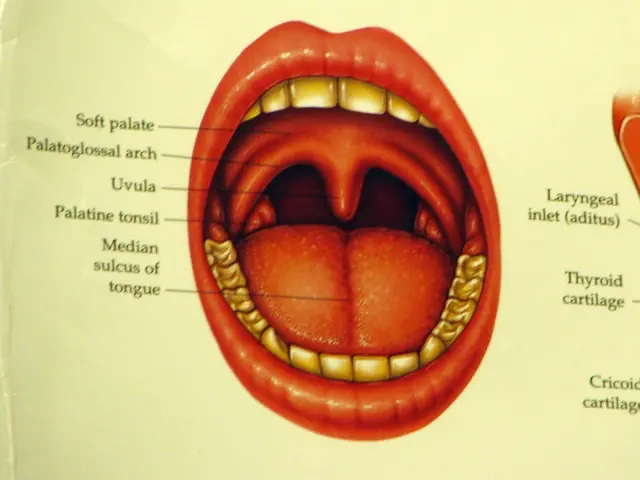Forensic Case Law Investigation: Comprehensive Review of Significant Judicial Precedents
In the realm of criminal justice, the admissibility of forensic evidence is a critical factor in determining the outcome of cases. Case law, which encompasses judicial decisions that interpret and apply legal principles concerning the use of forensic evidence in legal proceedings, plays a significant role in shaping forensic science policies and practices.
Forensic evidence, any material that can be analyzed scientifically to assist in proving or disproving facts in a criminal case, is subject to a legal standard. To be admissible in court, evidence must be relevant, reliable, and obtained through accepted forensic processes. Landmark cases have set significant precedents in determining the criteria necessary for forensic evidence to be admitted, ensuring that only scientifically valid findings are presented in court.
Judicial precedents, such as the Daubert standard or Frye standard, guide courts in evaluating the scientific validity of the forensic techniques and the qualifications of the expert testifying about them. These standards require that the evidence is reliable, and they help establish precedents that guide future cases involving forensic methodologies, ensuring a consistent application of the law.
Case law impacts forensic science policies and practices in several ways. First and foremost, it highlights flaws and prompts reforms. Court cases have revealed systemic issues such as faulty forensic methodologies, misleading expert testimony, and lab misconduct, which led to public scrutiny and regulatory changes. For example, scandals involving falsified lab results and manipulated evidence exposed in courts spurred states like Texas to enhance oversight, enforce continuous evidence disclosure, and create portals for open access to crime lab files, fostering transparency and self-reporting in crime labs.
Case law also establishes precedents for admissibility and reliability. Landmark trials such as Ted Bundy’s in the 1970s used forensic evidence (bite mark analysis) in novel ways that influenced the acceptance and evolution of forensic techniques in courts. Despite later controversies over the reliability of such methods, this case law marked a significant step in forensic science integration into criminal justice.
Moreover, case law enables legal remedies to address wrongful convictions. Mechanisms like “junk science writs” allow convicted individuals to seek retrials if flawed forensic evidence was used against them. This helps pressure forensic science standards and corrections in practice, aiming to reduce miscarriages of justice caused by outdated or incorrect forensic methods.
Case law also shapes evidence management and chain of custody practices. Judicial rulings influence how forensic evidence must be handled, archived, and accessed to uphold the rule of law and ensure proper care for future claims to justice. For example, recent scholarly analysis discusses how legal requirements for evidence management reflect state authority and impact justice access, encouraging centralized and secure evidence storage that meets evolving standards.
As forensic investigations increasingly involve digital data, case law governs how digital evidence must comply with laws around search, seizure, privacy, and jurisdiction, directly affecting forensic practice, admissibility, and investigation protocols.
In sum, case law serves as a crucial control and developmental mechanism that both constrains faulty forensic practices and legitimizes scientific advances within the justice system. It creates a dynamic interplay where legal decisions drive forensic science reforms, promote transparency and ethical standards, and safeguard defendants’ rights by scrutinizing forensic evidence’s validity and use.
Regional variations in forensic case law reflect differences in legal interpretations, judicial standards, and the admissibility of forensic evidence across jurisdictions. The application of case law has significantly influenced various forensic disciplines, shaping both methods and practices within the field, such as DNA analysis, fingerprinting, toxicology, and digital forensics. Overall, the evolution of case law relating to forensics continues to shape forensic science practices, ensuring that methodologies remain in compliance with legal standards.
Understanding case law relating to forensics is vital for legal practitioners, forensic professionals, and policymakers as it guides current practices and helps anticipate future developments in forensic methodologies and their legal implications. Collaborative efforts between the legal and forensic communities can drive reforms in policy, establishing standardized protocols to balance the pursuit of justice while safeguarding individual rights in the face of evolving forensic techniques.
Science often plays a crucial role in promoting health-and-wellness by providing valuable insights into disease prevention, diagnostics, and treatment. For instance, the development of vaccines has significantly reduced the spread of infectious diseases and saved countless lives.
Case law not only guides the admissibility and reliability of forensic evidence but also influences the evolution of various forensic disciplines, like DNA analysis, fingerprinting, toxicology, and digital forensics. This continual development, driven by collaborative efforts between the legal and forensic communities, ensures that the field remains compliant with legal standards and advances in the pursuit of justice.




